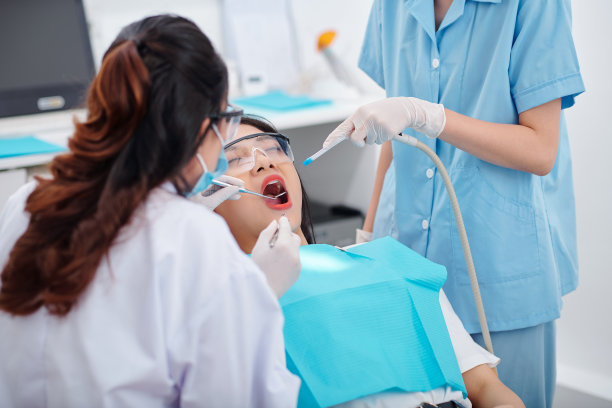The Complete Guide to Understanding the Process and Aftercare of Extracting a Tooth for Optimal Recovery
Summary: Tooth extraction is a common dental procedure that can seem daunting, but understanding the process and proper aftercare can greatly enhance recovery. This guide provides an overview of what to expect during tooth extraction, the critical steps involved, and essential aftercare practices to ensure optimal healing. We will delve into the preparation required before the procedure, outline the extraction process in detail, discuss potential complications and how to manage them, and conclude with post-extraction care tips that promote a swift recovery. By educating yourself about these aspects, you can approach tooth extraction with confidence and peace of mind.
1. Preparing for Tooth Extraction Effectively

Before undergoing a tooth extraction, it is crucial to prepare adequately. The initial step involves consulting your dentist, who will evaluate your dental health and recommend whether extraction is necessary. This consultation may include X-rays and a thorough examination of the affected tooth. Understanding the reasons behind the extraction helps alleviate anxiety.
Once you decide to proceed, your dentist will provide instructions regarding medication, dietary restrictions, and any necessary lab work. Inform your dental provider about any allergies or pre-existing conditions, as these factors may influence the procedure. Knowing what to expect will help you feel more comfortable leading up to the appointment.
Additionally, arranging for transportation is vital, especially if sedation will be used during the extraction. Ensuring you have someone to help you after the procedure allows for a smoother transition home and provides emotional support after the surgery.
2. Detailed Overview of the Extraction Process
The tooth extraction process typically begins with anesthesia to ensure your comfort. Your dentist will select local anesthesia for a straightforward extraction while sedation may be necessary for more complex cases. Anesthesia numbs the area and keeps you relaxed, which is critical for a successful procedure.
Next, the dentist will carefully loosen the tooth from its socket using specialized tools. Depending on the tooths condition, it may require a simple extraction, where it can be removed easily, or a surgical extraction, where the dentist makes an incision in the gum to access teeth that are impacted or broken.
Once the tooth is removed, the dentist will clean the extraction site and may place stitches if necessary. The entire procedure usually lasts between 30 minutes to an hour, after which you can begin your recovery at home. Understanding this process can help dispel any fears and prepare you for what comes next.
3. Identifying and Managing Potential Complications
Post-extraction complications can arise, making it essential to be aware of possible issues. One of the most common complications is alveolar osteitis, often referred to as dry socket. This condition occurs when the blood clot at the extraction site flakes away, exposing nerves and bone, leading to pain and delayed healing.
If you experience severe pain that worsens after the first few days, or if you notice an unusual taste or smell, contact your dentist promptly. Treatment for dry socket may involve cleaning the site and placing a medicated dressing to facilitate healing.
In addition, monitor for signs of infection such as fever, excessive swelling, or discharge from the extraction site. If any of these symptoms occur, immediate contact with your healthcare provider is necessary for timely intervention. Recognizing these signs early can prevent further complications.
4. Essential Aftercare Tips for Optimal Recovery
After the extraction, following specific aftercare instructions is vital for a smooth recovery. Begin by managing pain and swelling using ice packs during the first 24 hours. Over-the-counter medications can help alleviate discomfort as prescribed by your dentist.
Maintain a soft food diet immediately after the extraction, avoiding hard, chewy, and hot foods that could irritate the surgical site. Opt for smoothies, yogurt, and mashed potatoes to ensure you are getting the necessary nutrients while allowing the area to heal comfortably.
Lastly, its imperative to maintain proper oral hygiene without directly brushing the extraction site for at least 24 hours. Gently rinse your mouth with salt water from the second day onward to keep the area clean. Following these aftercare tips can significantly reduce the risk of complications and ensure a speedy recovery.
Summary:
Overall, understanding the processes involved in tooth extraction and adhering to aftercare guidelines is paramount for optimal recovery. Preparation, knowing the extraction process, being aware of potential complications, and following aftercare instructions all contribute to a smooth healing journey.
This article is compiled by Vickong Dental and the content is for reference only


